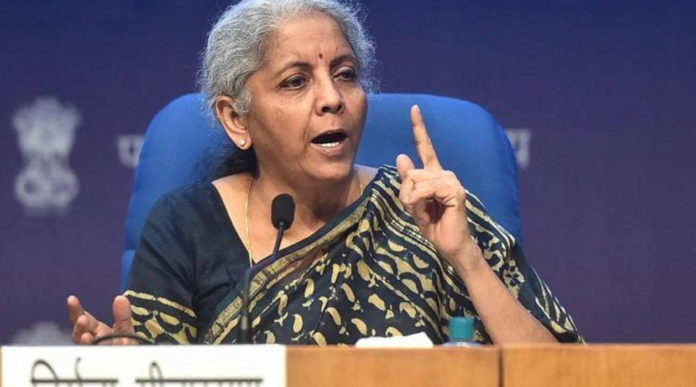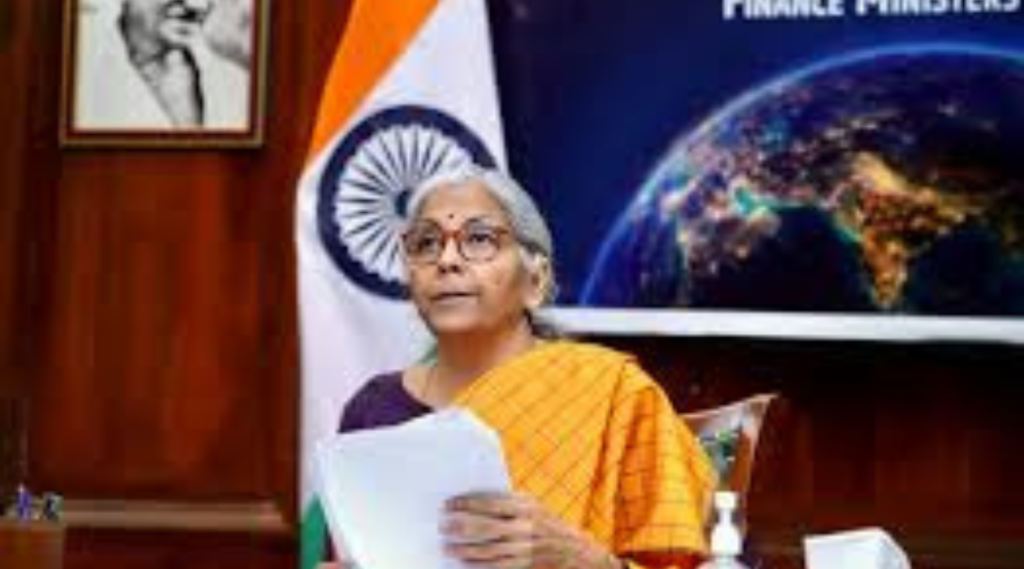Finance Minister Nirmala Sitharaman emphasized that the Ministry of Finance is actively exploring strategies to reduce the government’s overall debt. She assured that the government is keenly aware of its debt levels and is closely observing how other emerging market nations are handling their own debts.
In our Finance Department, we’re working hard to find smart solutions to reduce the weight of our overall debt load. I’m confident that we’ll succeed, thanks to some very efficient methods I’ve come across.
These methods will not only meet India’s ambitious goals but also ensure we do so responsibly, so that our future generations won’t be weighed down by this debt,” she stated.
This move comes in response to concerns raised by credit rating agencies about India’s public debt, particularly in discussions about a potential upgrade in the sovereign credit rating.
The minister emphasized that the government is conservative about the’ bang- for- the- buck’ idea, meaning they want to make sure that every bit of public plutocrat spent leads to significant benefits. To achieve this, they decided to invest public finances in creating essential structure.
This way, they believe they’ll get the stylish value for each rupee spent, rather than simply giving plutocrat directly to the people, indeed when there were calls for it due to profitable rigors. They chose not to take that route. And in the minister’s view, certain profitable principles always hold true.
In the 2023 Union budget, India has set an ambitious target of spending Rs 10 lakh crore on capital systems. This marks a notable 33 increase compared to the popular thing in 2022. Looking ahead, the government is planning to keep a close eye on their financial balance.
They are aiming for a financial deficiency of 5.9 of the Gross Domestic Product( GDP) for the financial time 2024. likewise, they are working towards the thing of reducing this deficiency to4.5 of GDP by the financial time 2026.






